The Federal Council has been tasked with developing an action plan to combat food waste. This plan should list the measures already implemented and assess their impact. If necessary, it should propose further measures in the various areas of focus to achieve the target of a 50 percent reduction in food waste by 2030. Furthermore, the Federal Council is tasked with presenting an index to Parliament that can be used to regularly monitor the reduction in waste in the various affected sectors.
The background to this mandate is Goal 12.3 of the UN’s 2030 Agenda for Sustainable Development (Link to Goal 12) . It calls for halving per capita food waste at the retail and consumer levels by 2030 and reducing food losses along the production and supply chain, including post-harvest losses.
In Switzerland, 2.8 million tons of avoidable food waste are generated annually. The incomplete or, in some cases, substandard use of whey contributes significantly to this. The federal government's action plan against food waste (to the action plan) "Developing and promoting business models for the sale of surpluses and product innovations based on by-products such as whey and bran" is explicitly mentioned as a measure. It further states: "The ecologically most important areas are whey, mill and slaughterhouse by-products."
Better utilization and valorization of whey could drastically reduce its negative environmental impacts. Whey also offers currently underutilized economic potential and significant health benefits. Whey is a rich substrate containing 55% of milk nutrients, including lactose, nutritionally valuable proteins, minerals, and B vitamins.
Lokalgenuss AG is working on solutions for upcycling whey and whey fractions that enable the full use of whey in food. It represents a holistic approach to healthy and functional upcycling lifestyle products, while simultaneously promoting sustainable, local, traceable, and ecologically sound production.
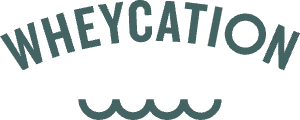

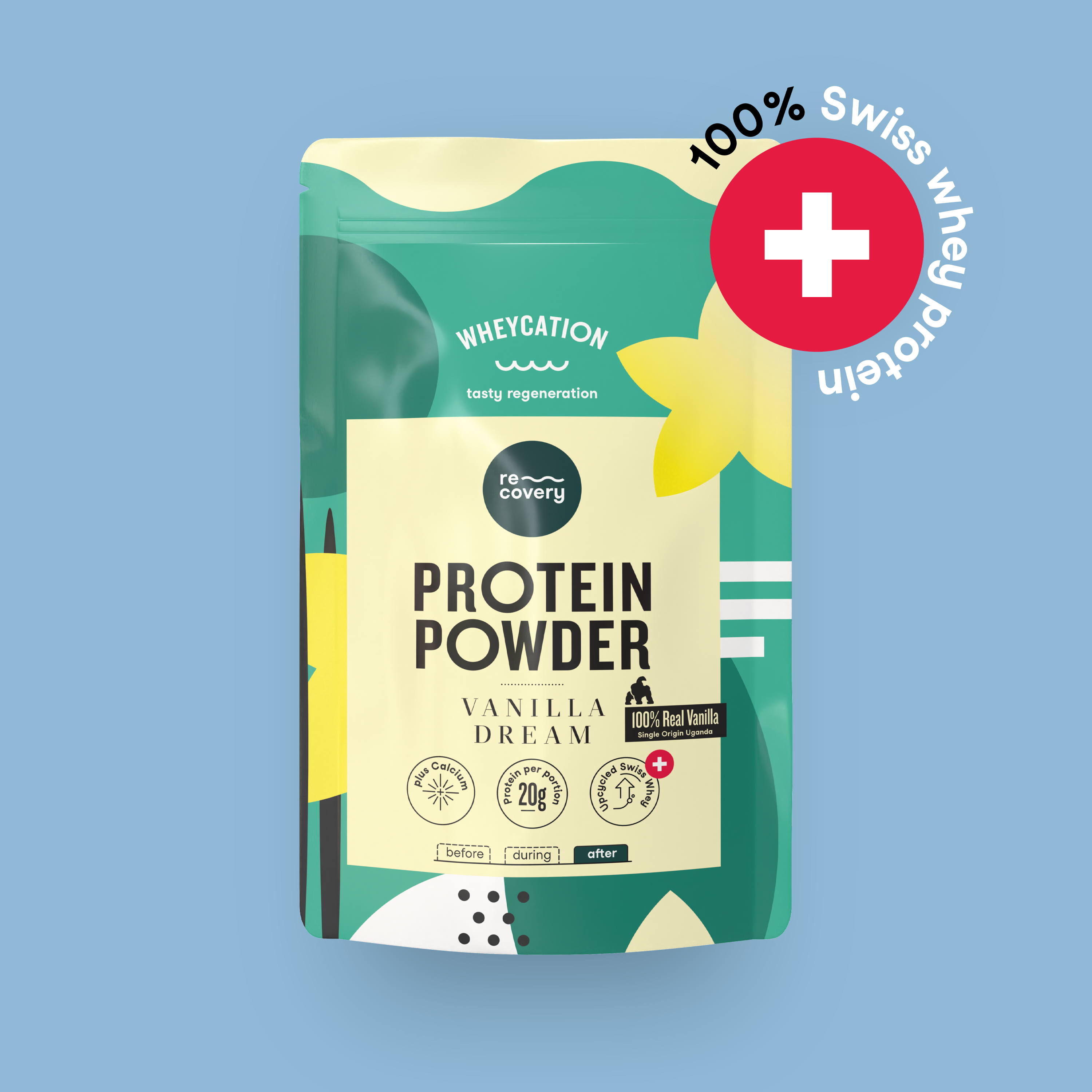

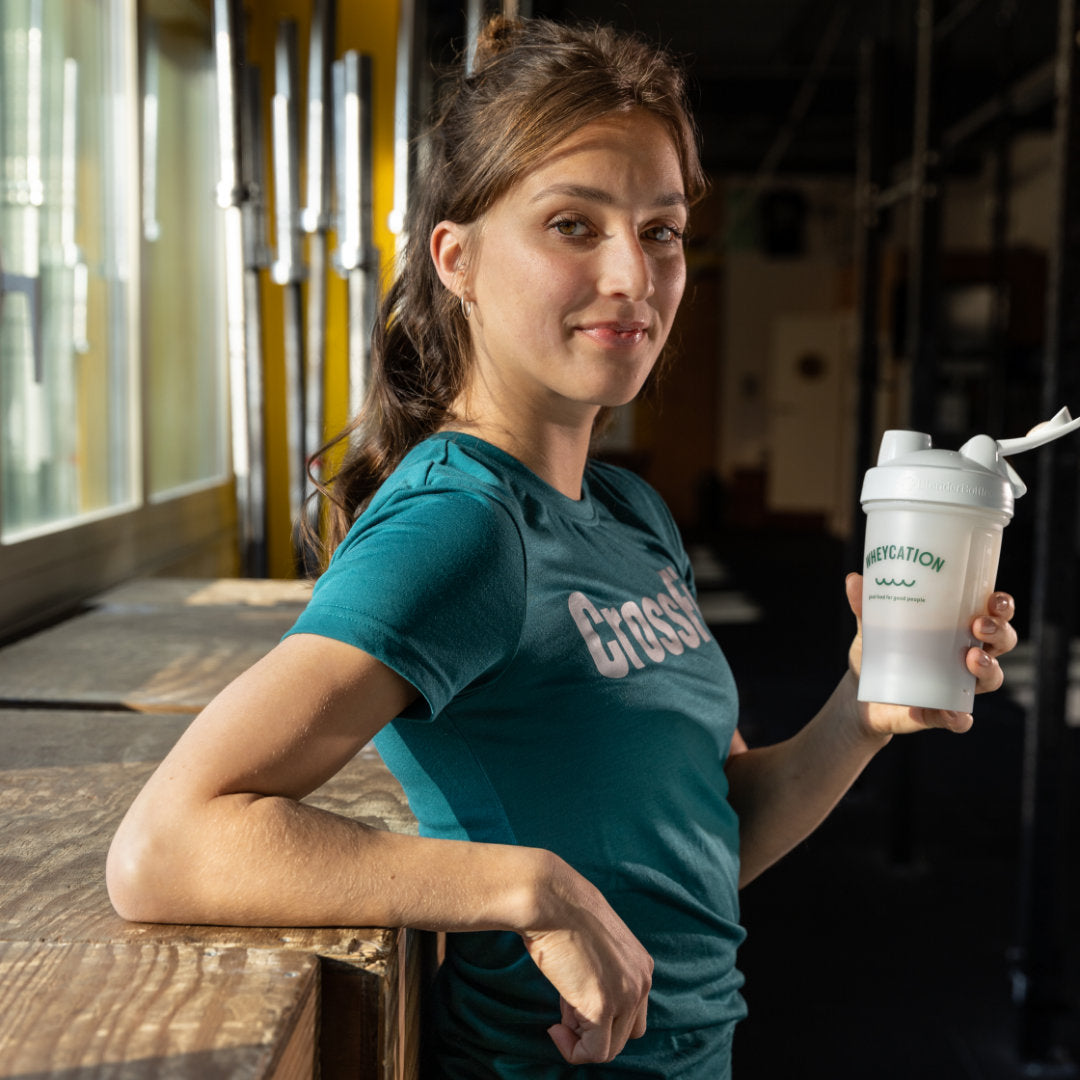
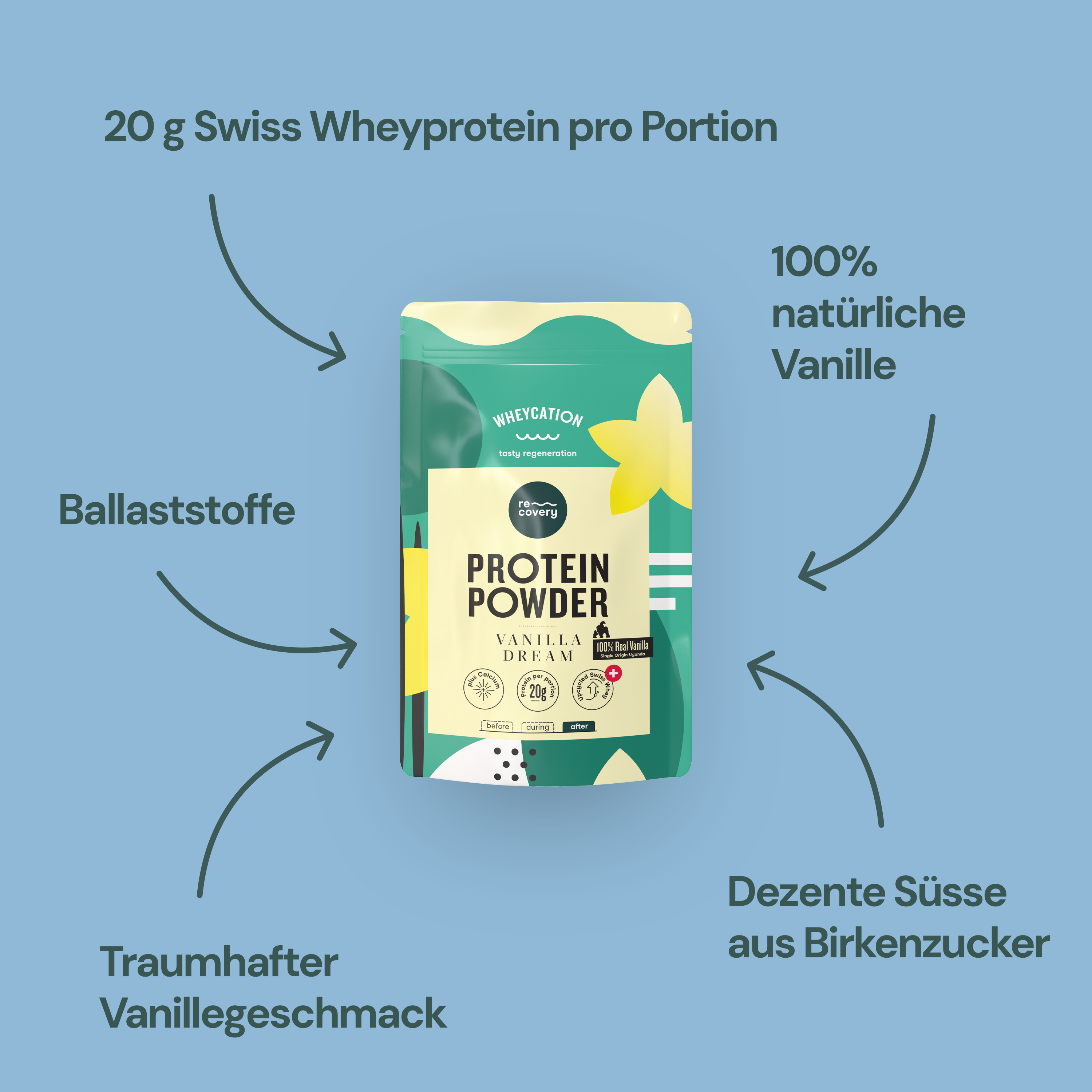
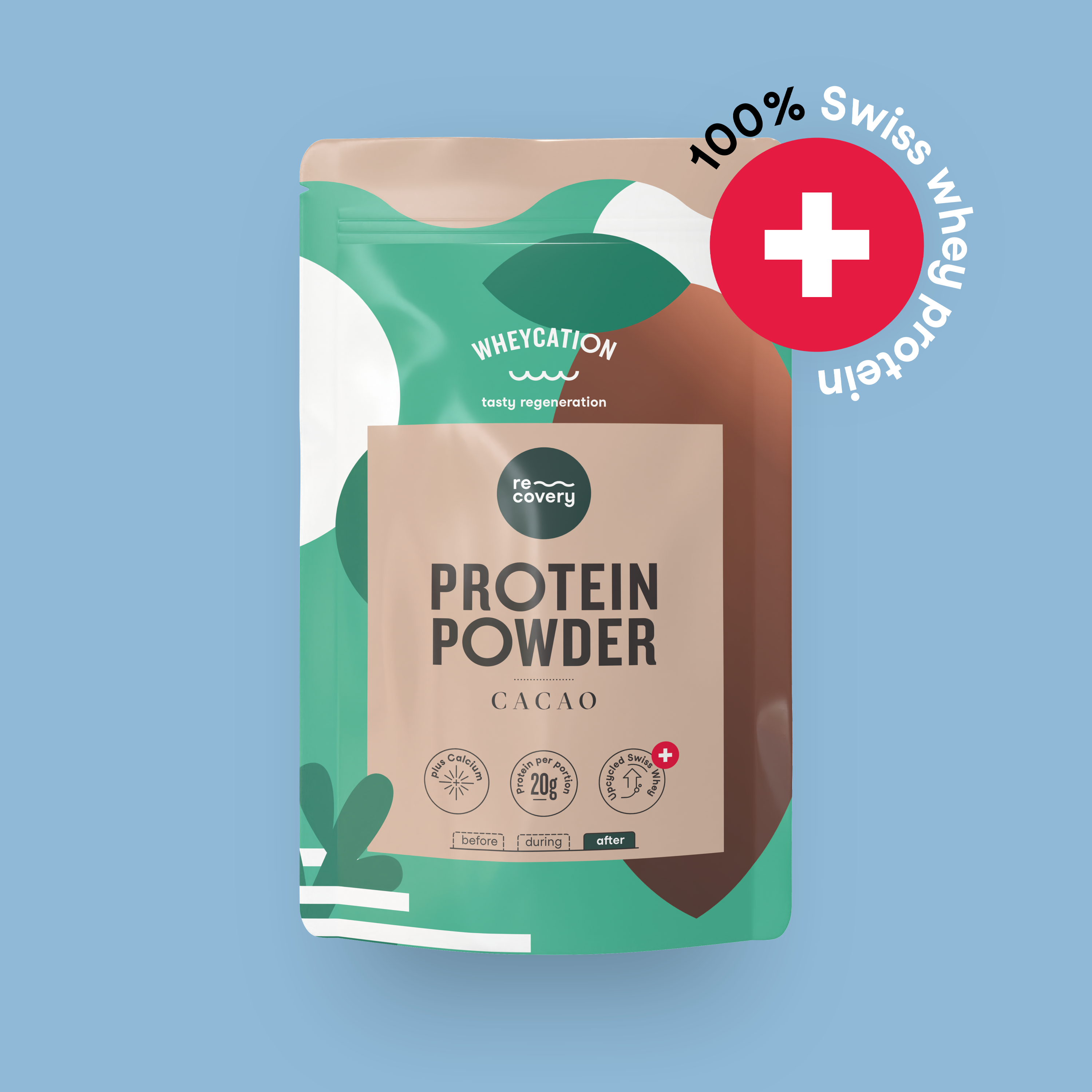

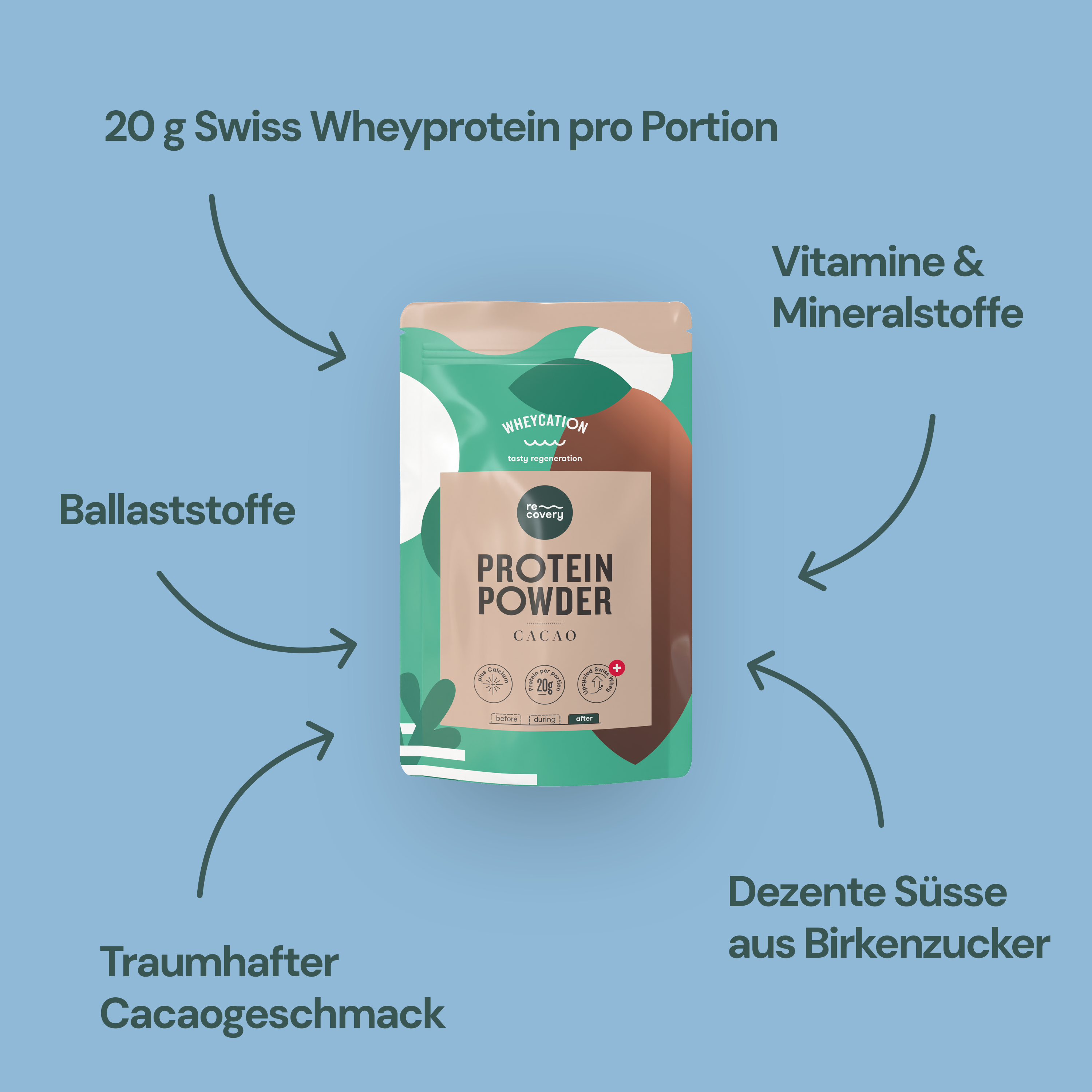
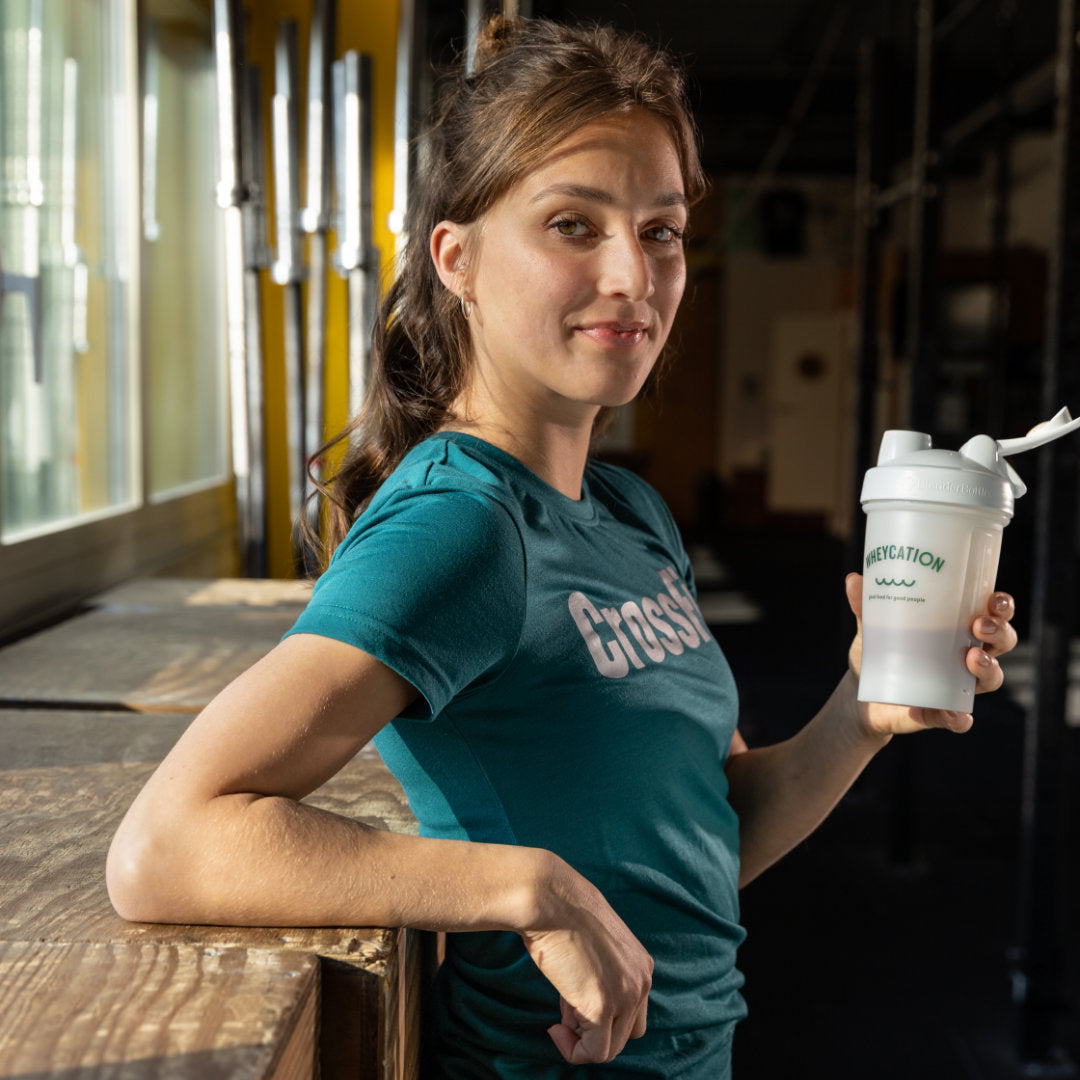
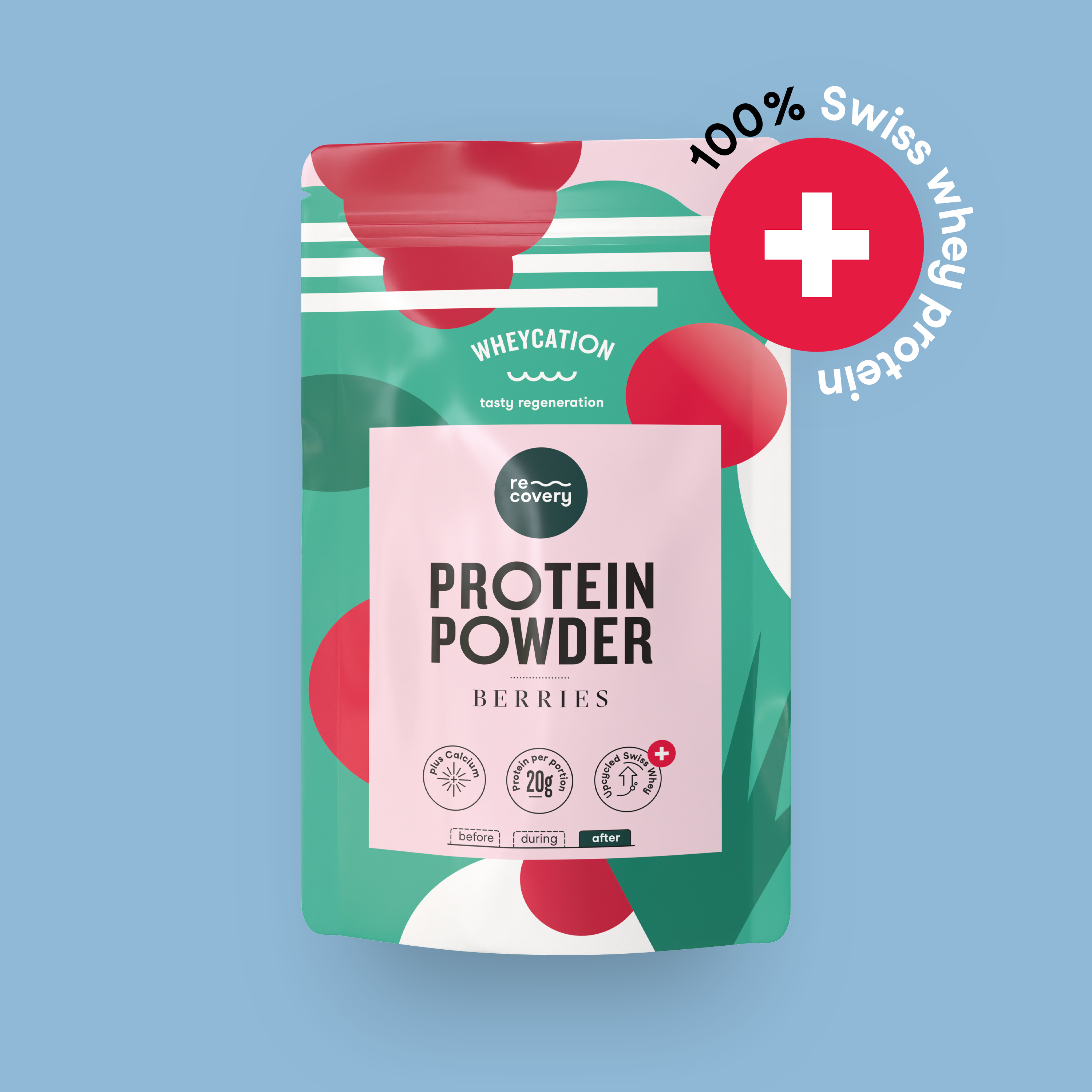
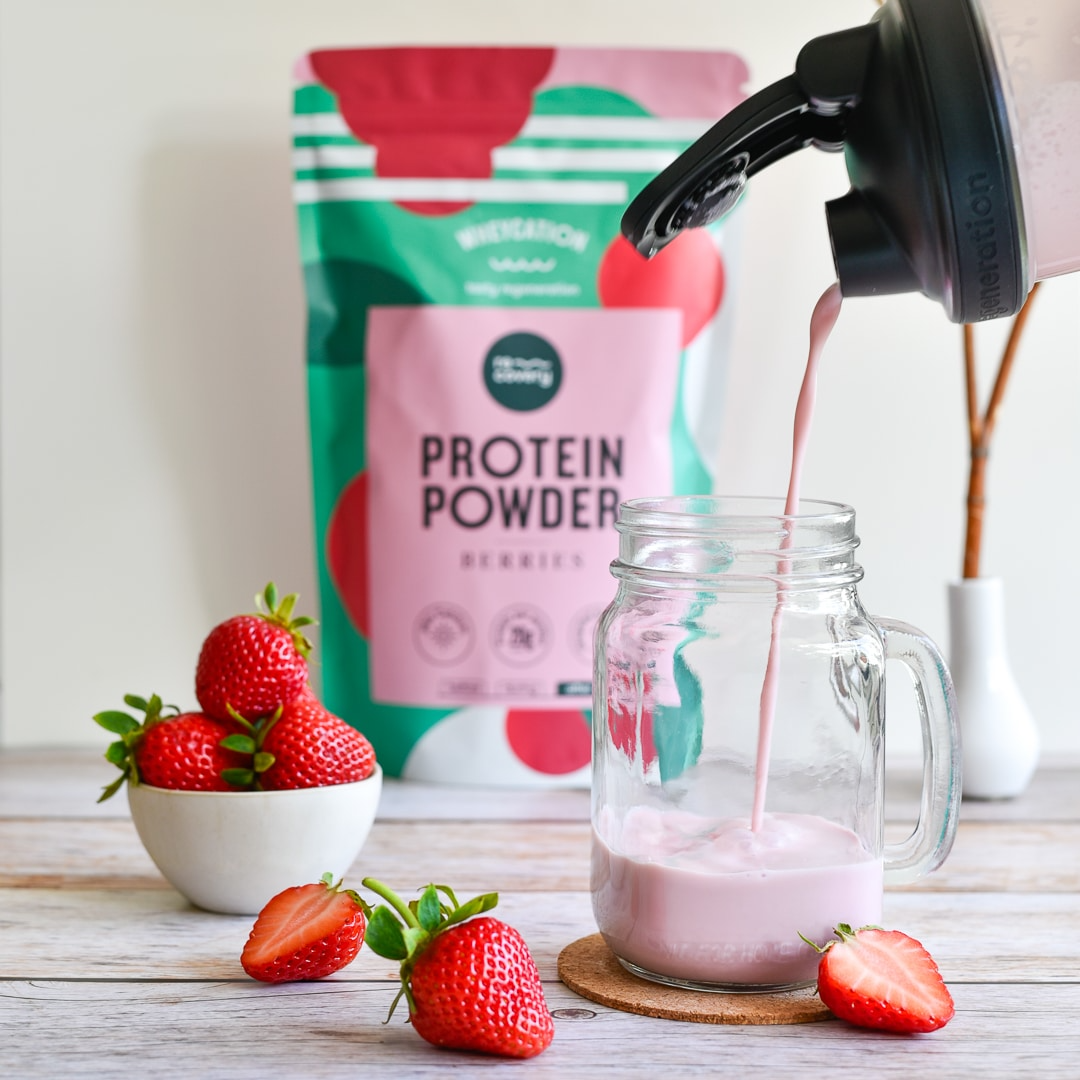

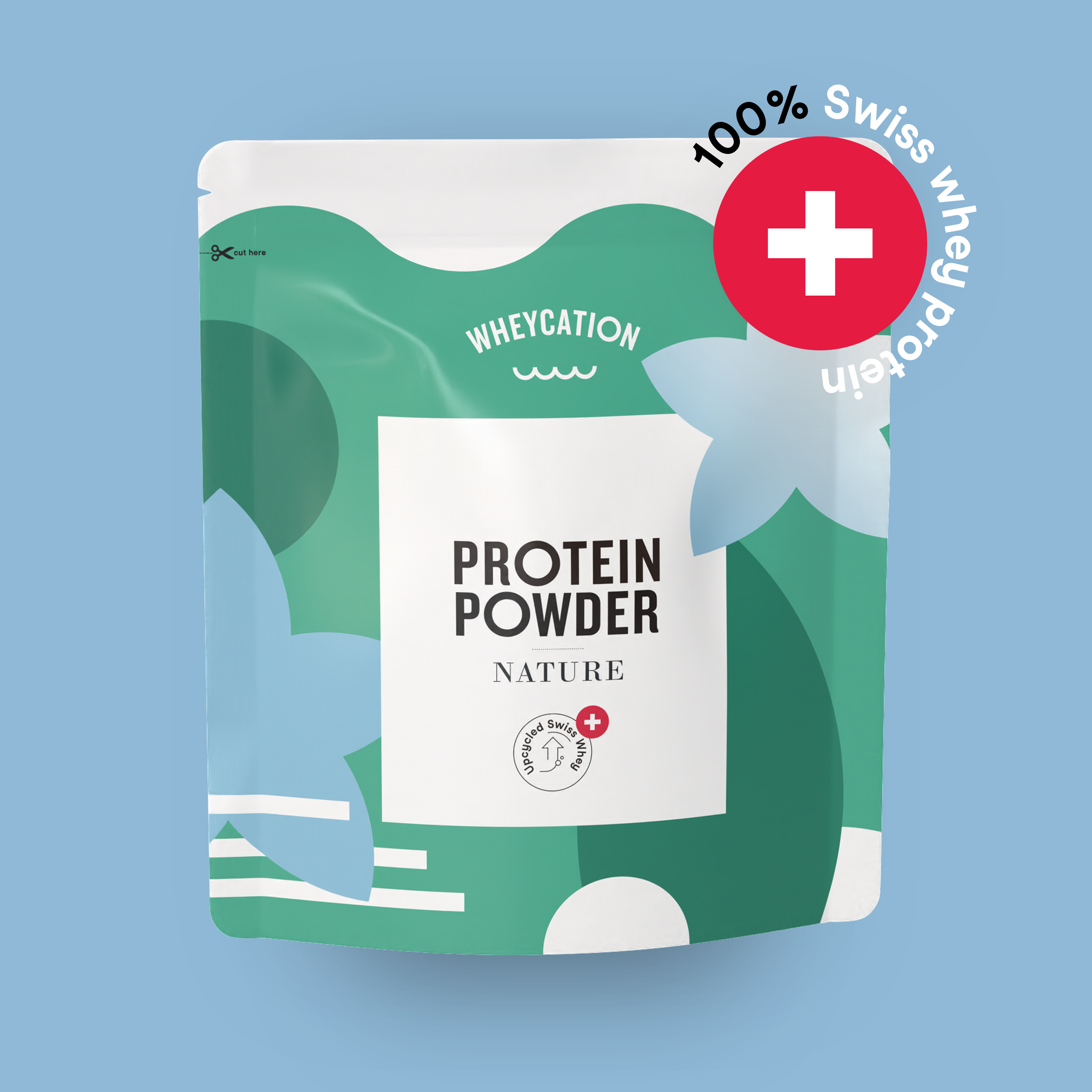
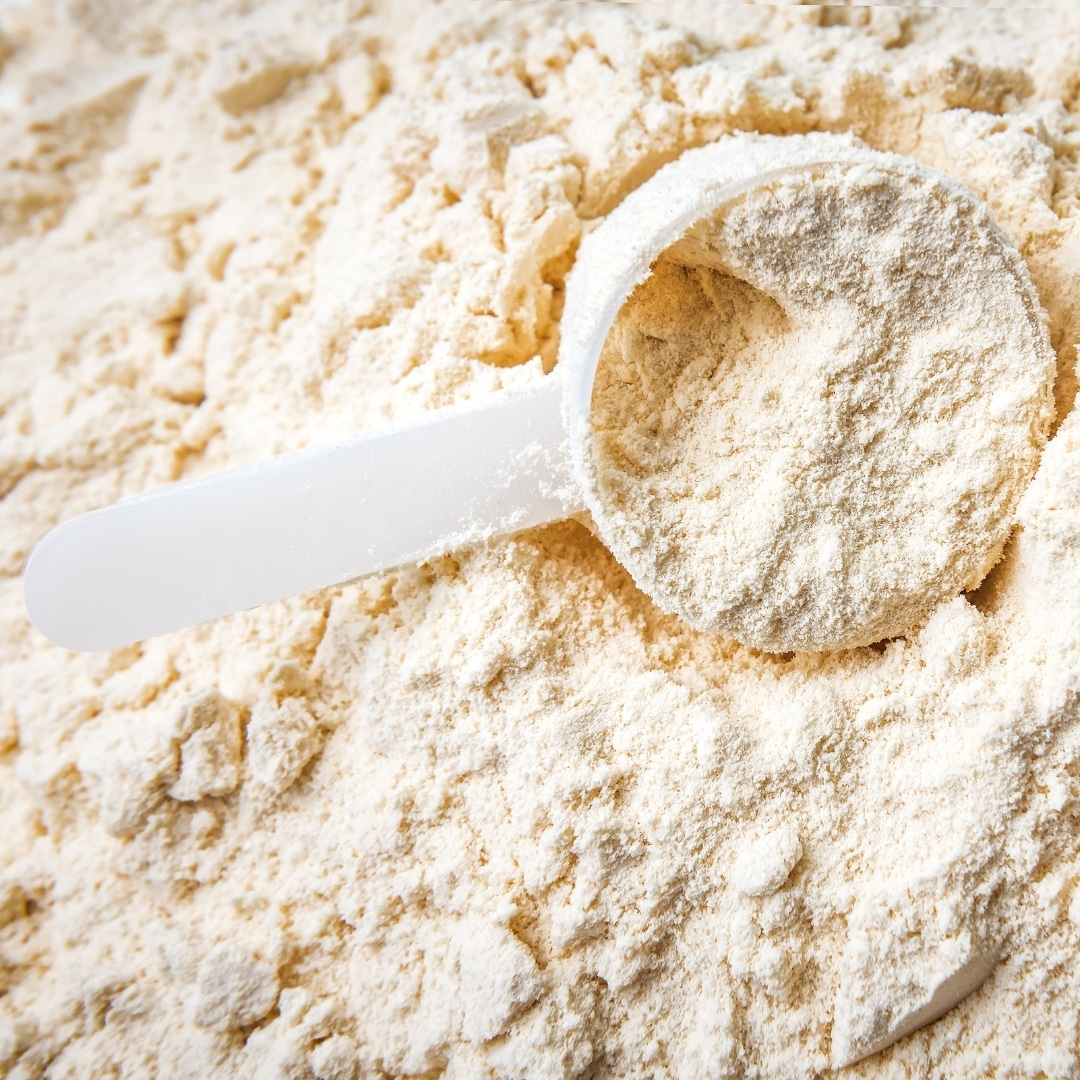
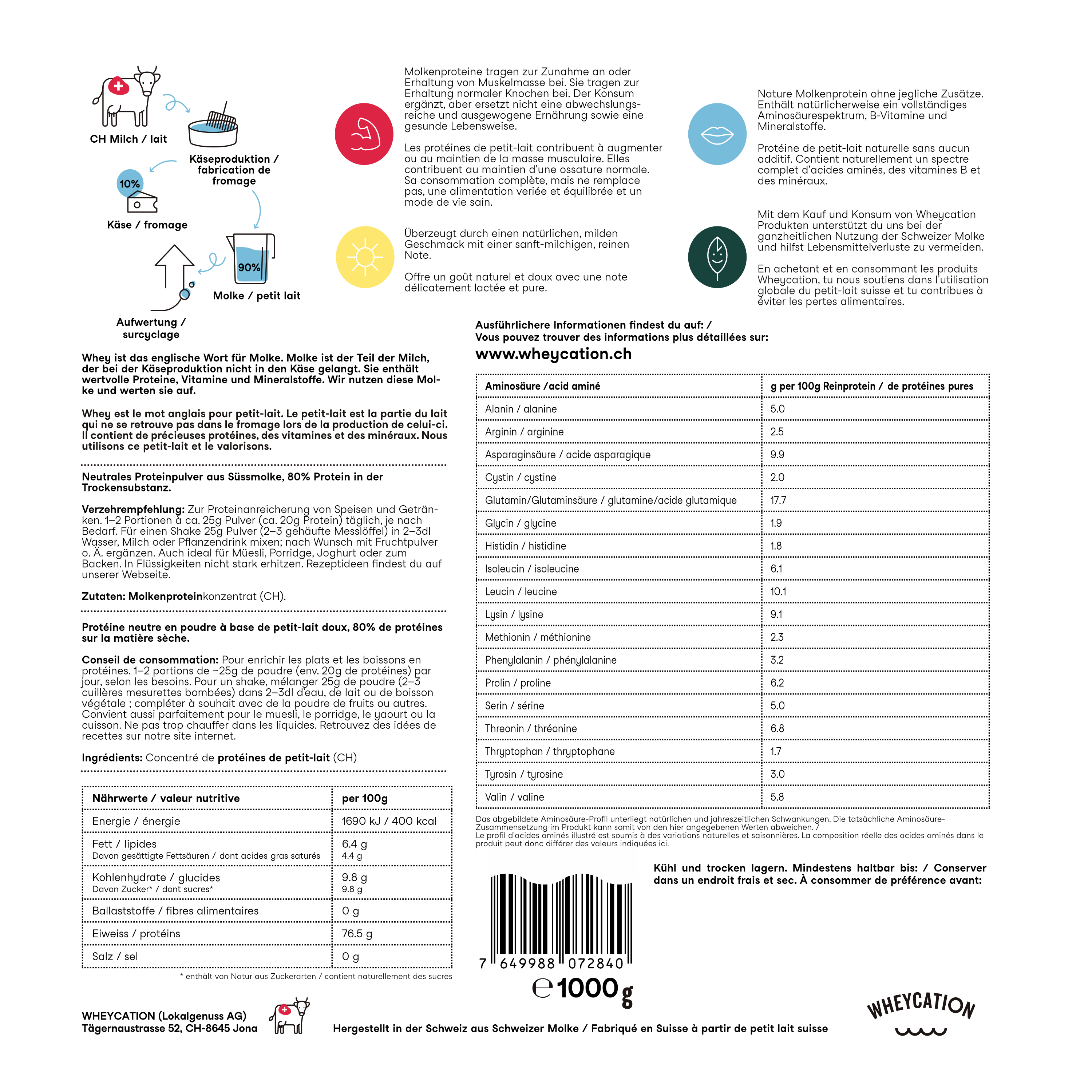
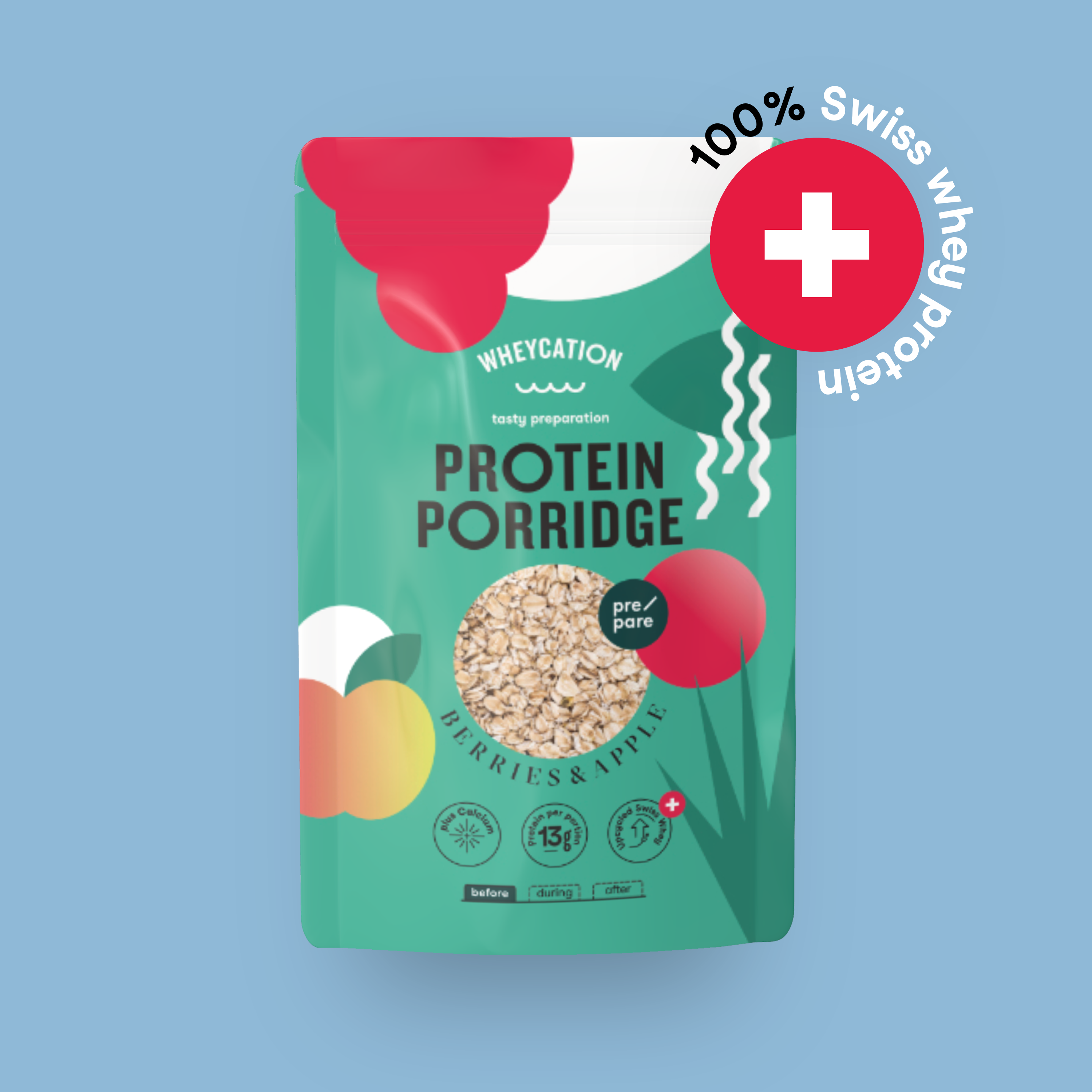
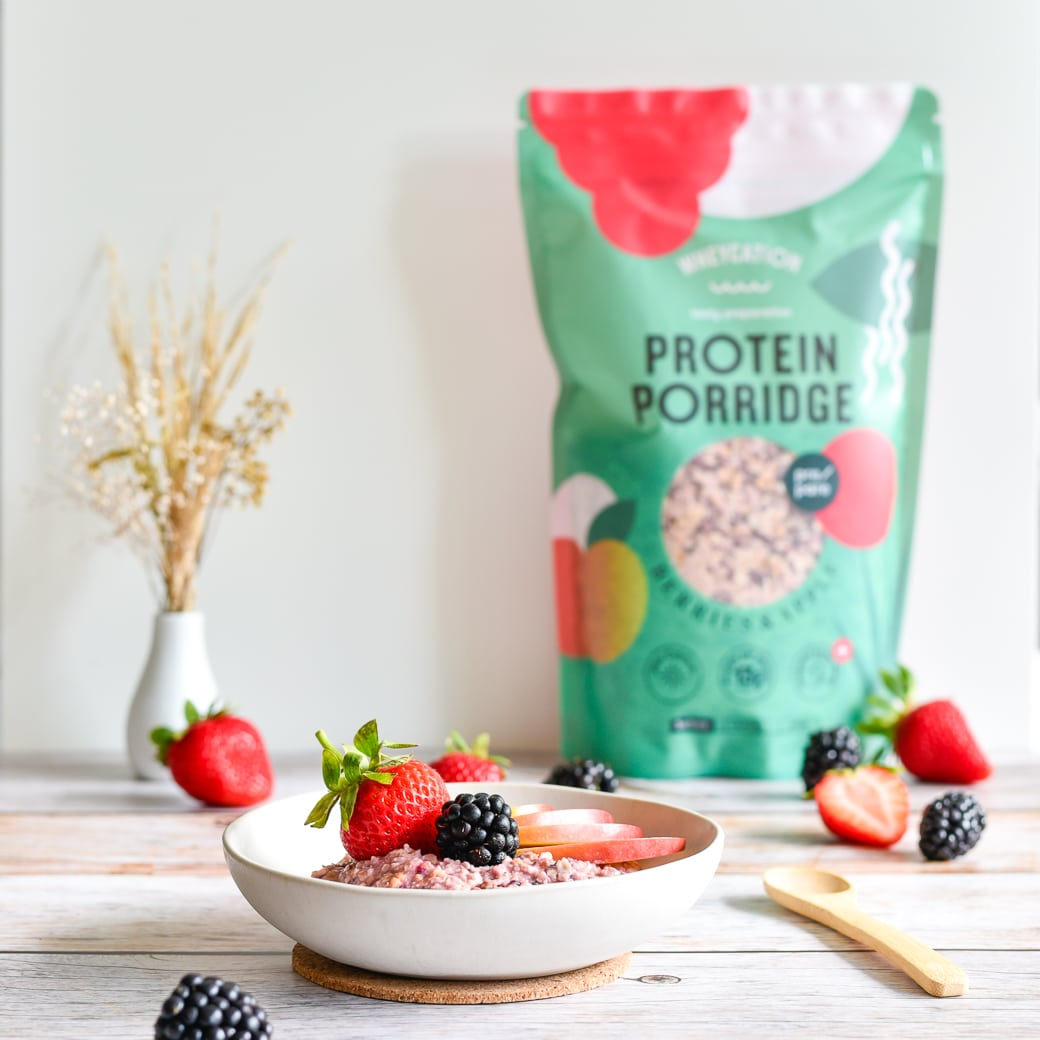

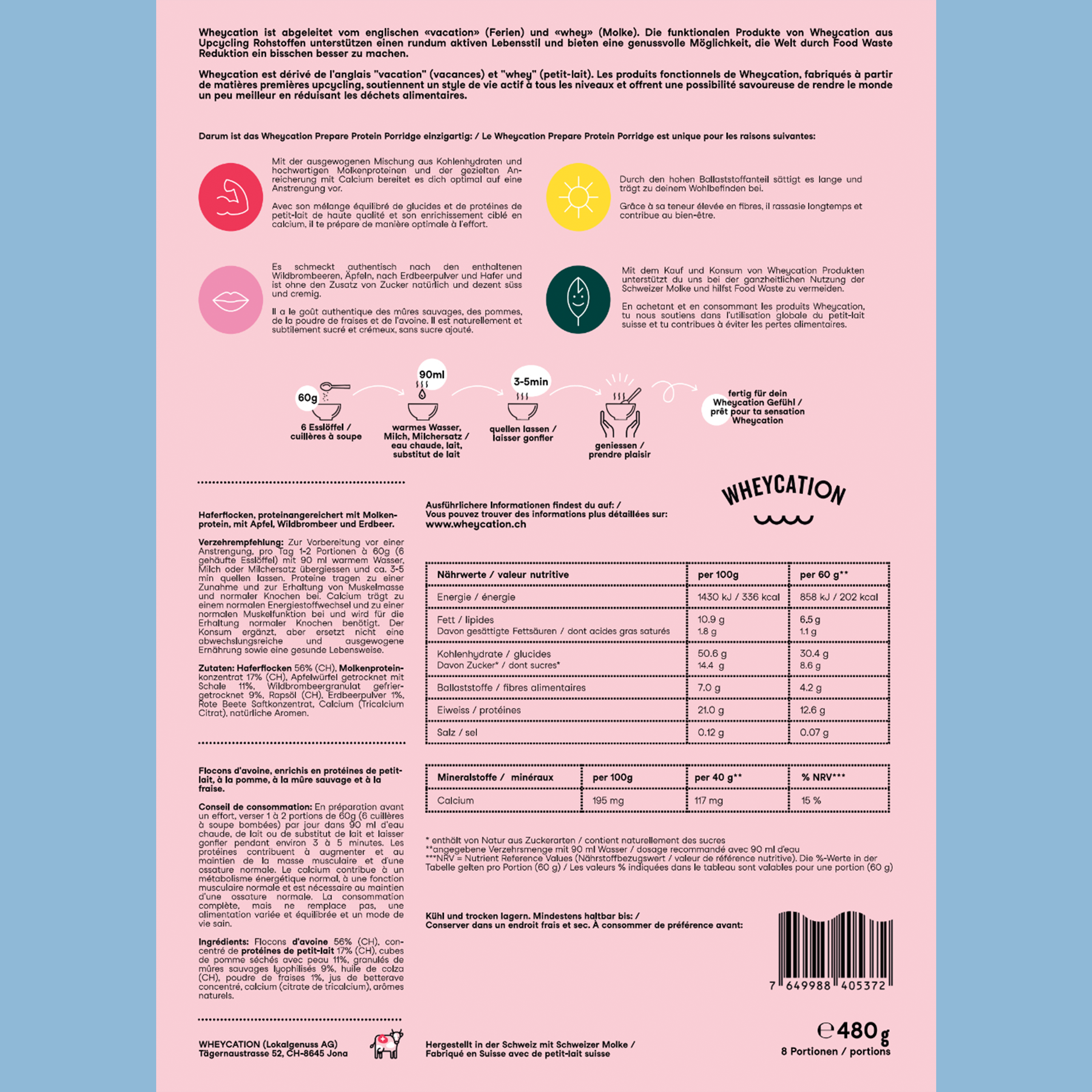
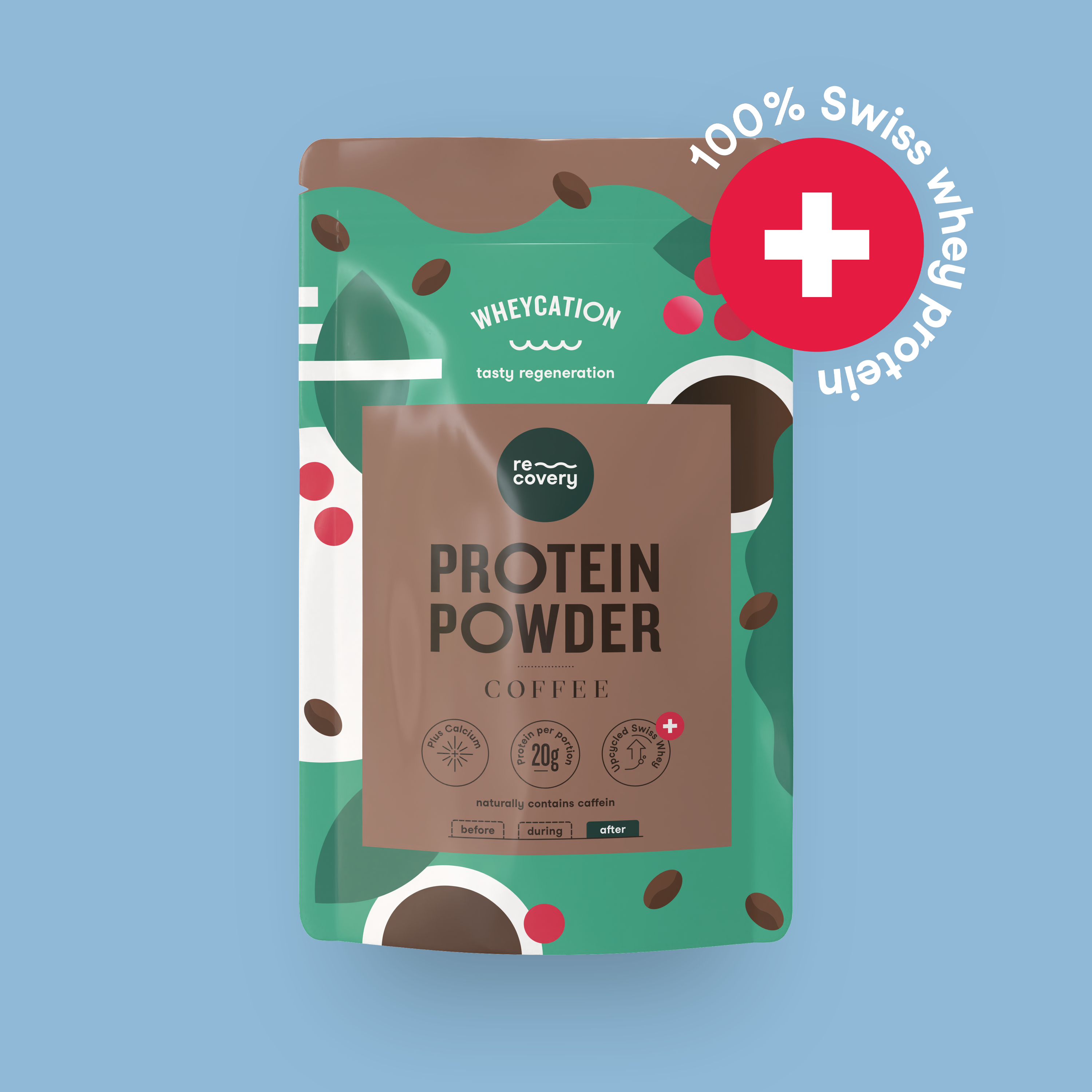
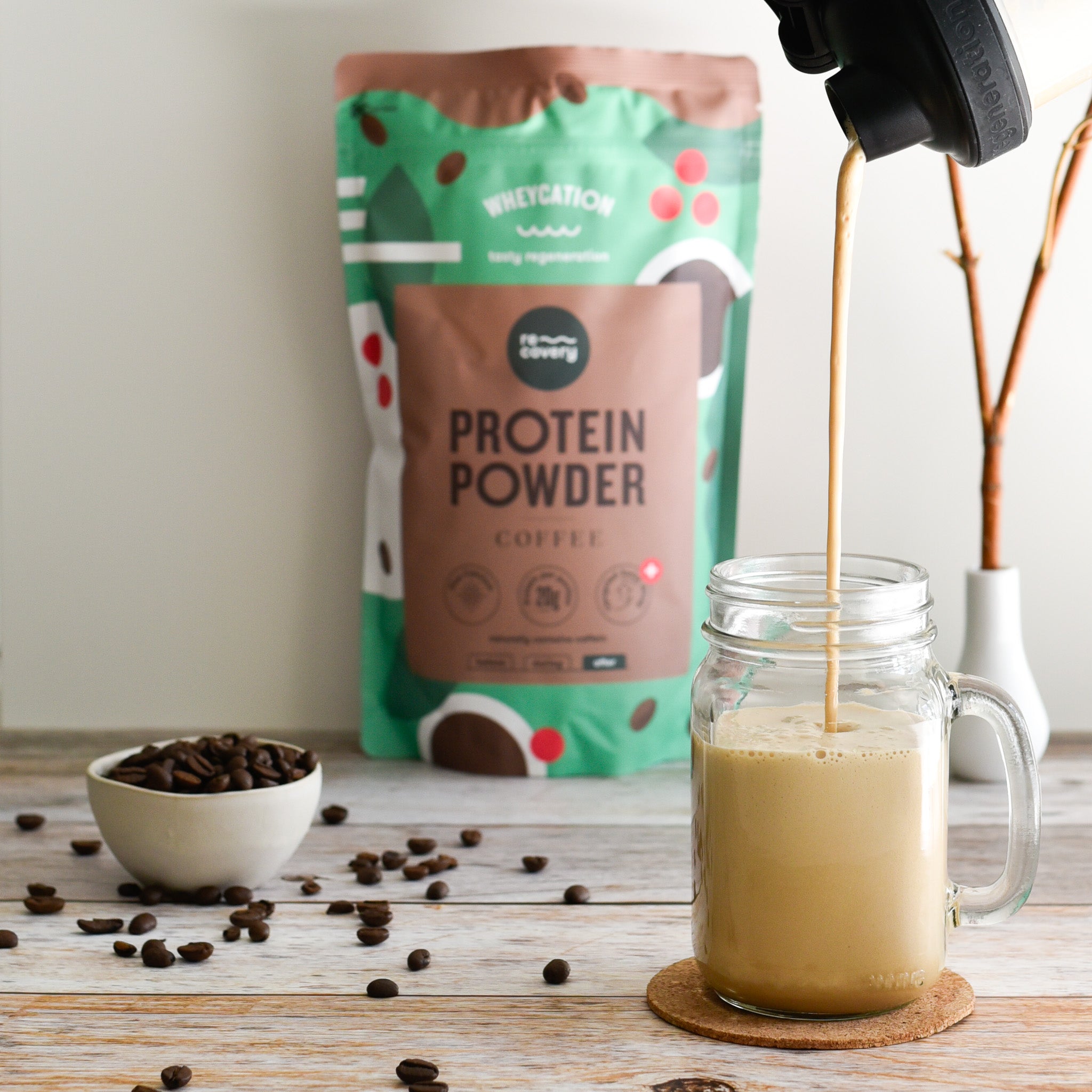




Split: